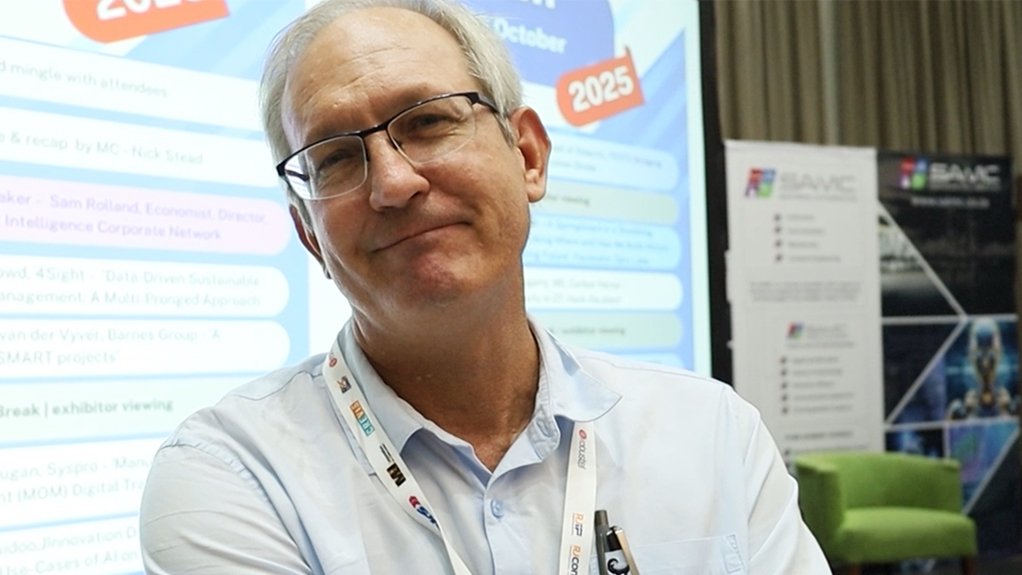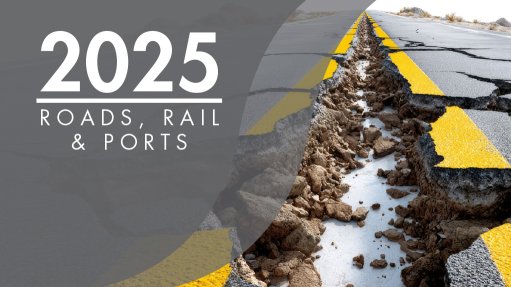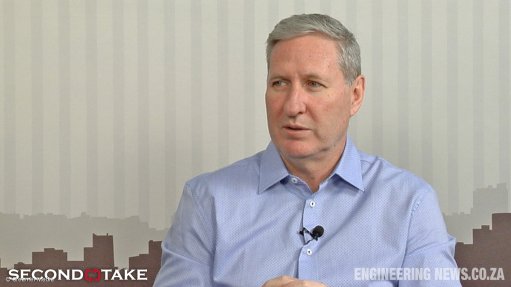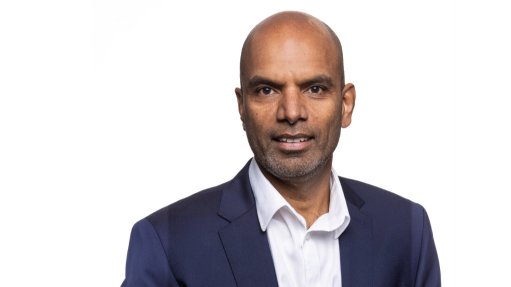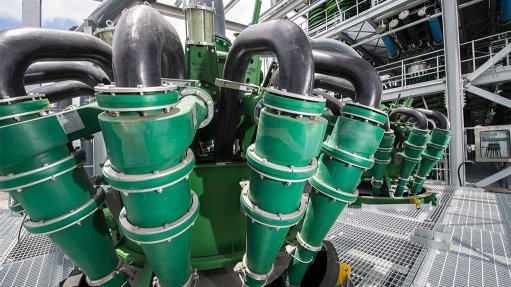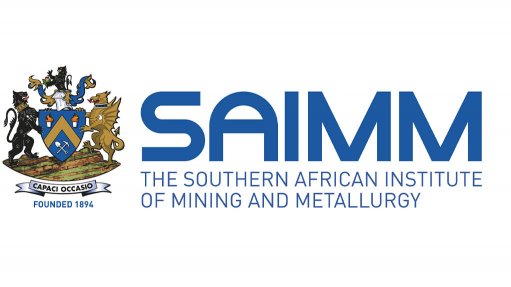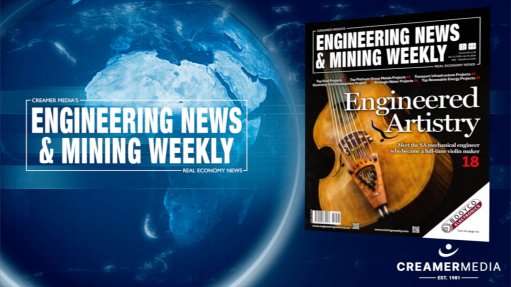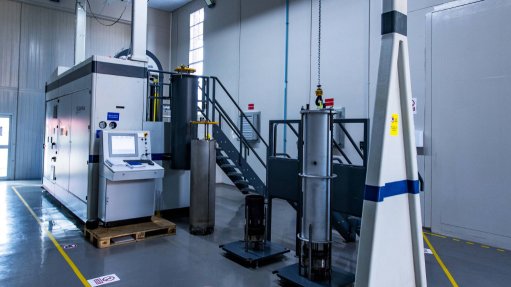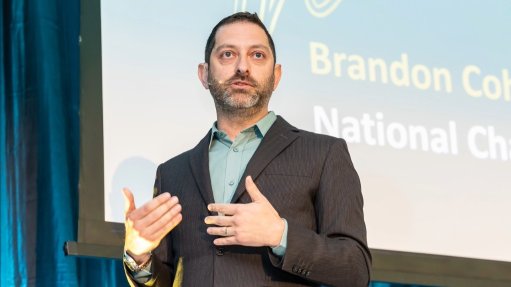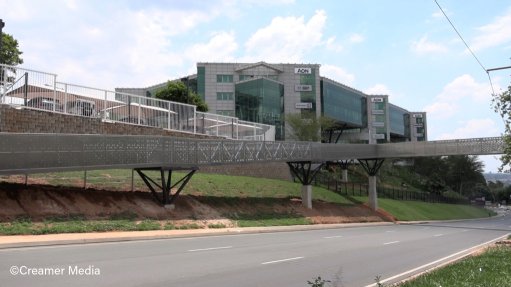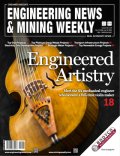People remain central to deriving full value from tech, SAIMC conference hears
Three presenters participating in industry organisation the Society for Automation, Instrumentation, Mechatronics and Computer Engineering’s (SAIMC’s) 2025 summit highlighted the importance of employing effectively trained people to fully leverage the value of technology systems in production environments.
This was the main message of the keynote address by technology integration specialist consultancy NextGenOpX cofounder and CEO Andy Sherring, but was also highlighted by electric motors and drives technology company Innomotics business development manager Dagan le Roux during his talk on Mining 4.0.
Similarly, during a technical briefing on the role of process control engineering in the broader production environment and its impact on maintenance and production, chemicals and energy company Sasol Secunda Operations baselayer, alarms and human-machine interface solutions lead control engineer Bernhard Meister highlighted the impact that a high staff turnover had on process control as being a core challenge to overcome.
SAIMC COO and SAIMC User Advisory Council chairperson Gerhard Greeff opened the first day of the conference, on October 15, with a brief summary of the organisation's rebranding from the Manufacturing Enterprise Solutions Association.
He also highlighted the SAIMC's role in ensuring that training and skills development produced professionals who could undertake engineering work, and its work with academia in universities to define curricula based on industries' needs to enable new automation, instrumentation, mechatronics and computer engineering graduates to contribute immediately in the industries they entered.
“Our vision for the User Advisory Council is to focus on processing companies and manufacturing users and support them to develop digitally and thereby increase their profitability and their ability to compete globally.
“If we keep to manual processes, we will not compete against production in other markets, which will lead to industries exiting South Africa. We have seen evidence of this with companies withdrawing from South Africa owing to high labour and energy costs.
“We are uncompetitive, because we are not doing the right things, such as using technology to be competitive. This drives our mission,” he said.
Sherring emphasised the gap between technology deployment and benefits by highlighting that technological capabilities did not provide their full benefit unless their use was properly optimised.
Technology systems need to be grounded with a focus on the people who will use it, because, if the technology is not adopted, then it will not have the intended effect.
Specifically, he linked a plant's or company's overall strategy to its production environment, noting that unless all aspects of the production environment were effectively integrated in line with the strategy, then companies or plants would not achieve systemic and sustainable improvements.
He substantiated this message by highlighting the fragmentation and complexity of many operations, which resulted in individual improvements in operations or systems not propagating across the organisation, or that these improvements wither away over time, as they were set aside while the team focused on other challenges, and were not made part of systemic improvements.
“The focus in industry is often on short-term or quick wins that react to symptoms. These challenges are then improved upon, but once the teams take their eyes off this, there is no systemic or sustainable improvement.”
Another reason for declining productivity, around the world and in South Africa, was the turnover of people, Sherring said.
“The complexity of running operations has gone through the roof. With high staff turnover, the fabric of skilled people in an organisation is lost. This is what is missing in terms of integration.
“Therefore, companies must systematise the transfer of skills to people as an integrated part of their operations. Technology is important to gain and sustain improvements in production, but every company must create an enabling platform for this technology,” he said.
His advice to attending automation, instrumentation, mechatronics and computer engineers was that alignment and integration across five elements was necessary, namely across management processes, transparency of information, a collaborative environment, integrated systems and organisational architecture.
Work done in isolation could lead to incorrect key performance indicators, such as mining shifts being measured and/or incentivised on tonnage per shift while the company's strategy was to focus on quality and predictability of production, which led to a gap between production and strategy, he illustrated.
“The key to overcoming such gaps is hard-wiring a tight ship where everything is aligned with the strategy.”
Meanwhile, he highlighted that companies should not be complacent. Even if they were considered more mature in terms of technology adoption than their competitors and peers, they might not be mature in terms of their overall digital transformation.
A useful measure of digital maturity of production organisations is from reactive as the lowest maturity ranking, to early systematic adoption, then systematic and aligned adoption of technology, to the highest maturity rank of fully integrated technology adoption and use.
Most manufacturing and mining companies were in the early stages of the systematic phase of digital maturity. If companies did not pursue further digitalisation, then they would not mature into the systematic and aligned rank nor achieve full integration and sustainable use, he said.
“It is a transformation journey. It is tough to shift industries, which operate in highly complex and regulated environments, towards greater digital maturity. Fixing these fundamental problems [by creating suitable platforms for technology use] in industry is necessary to enable the use of new technologies in the future,” Sherring noted.
Additionally, training needs to be part of such an integrated technology-use system in an organisation, and strong governance is needed to ensure the new approach across the organisation is adhered to.
“Training is often a weakness when industry needs to change. Education is a part of the change, and integrated operational requirements should be one part of training to ensure training is aligned with the organisation's strategy.
“This is the big shift needed to leverage the full value of technology. People in the productive industries are very good at achieving the goals they focus on, but gaps appear in areas that they do not focus on.
“While the shift to a systemic and sustainable fully integrated operation will take years, we have to start with the right approach now,” he said.
MINING TECHNOLOGY AND PEOPLE
Meanwhile, one of electric vehicle manufacturer Tesla’s Gigafactories was able to produce one vehicle every 45 seconds by using AI-driven automation, while many mining companies still used spreadsheets for planning, Le Roux pointed out.
A smart mine needed to be connected and intelligent: needed to have digital twin systems in place to do virtual training and testing; Internet-of-Things systems for monitoring; and blockchain-based systems to ensure transparency and traceability from mine to market, all while it still needed to get the ore out of the ground, he illustrated.
This was while innovation cycles were shorter, which presented the challenge that the number of key technologies removed or replaced during these cycles was increasing in a shorter span of time, causing digital overwhelm, he said.
Fewer than 30% of mines have adopted new technologies, such as wearables, autonomous vehicles and AI, because they must be integrated with existing systems, their maintenance and support must be factored in and staff need to be trained, and their impact on health and safety is unknown and presents a risk.
“It is difficult to get right, and operations and processes need to be changed when new technology is introduced.
“About 70% of change initiatives fail in the mining industry, but this is because there is a disconnect between investment in technology and investment in people to use the technology.”
Mines needed to spend more capital for technology investments on the people element of the equation, Le Roux said.
It was not enough for people to use technology, but they must be comfortable with using it and understand the process. In terms of the cash spent on technology, not enough was spent on the people using the technology, he emphasised.
“How can we bridge this gap between digital intention and execution? We need champions at every level, with a sense of ownership from the top to the boots on the ground. Senior management, middle management and employees need to feel that they are part of introducing a new technology.
“Co-design these solutions with the end-users, which means involving the people who will be using the technology daily right from the start of the design process,” Le Roux recommended.
Technology is not the problem; rather people, processes and technology must all be balanced components of digitalisation.
“To change our organisations, we need the courage to invest in our people as much as we invest in our technology. Mining 4.0 is not about technology, but about people and processes empowered and enabled by technology.”
Separately, he called for collaboration in the mining industry on digital infrastructure. He said the industry needed to define standards for digital infrastructure on mines and needed to collaborate on the embedding of these standards to help move the industry forward.
Article Enquiry
Email Article
Save Article
Feedback
To advertise email advertising@creamermedia.co.za or click here
Comments
Press Office
Announcements
What's On
Subscribe to improve your user experience...
Option 1 (equivalent of R125 a month):
Receive a weekly copy of Creamer Media's Engineering News & Mining Weekly magazine
(print copy for those in South Africa and e-magazine for those outside of South Africa)
Receive daily email newsletters
Access to full search results
Access archive of magazine back copies
Access to Projects in Progress
Access to ONE Research Report of your choice in PDF format
Option 2 (equivalent of R375 a month):
All benefits from Option 1
PLUS
Access to Creamer Media's Research Channel Africa for ALL Research Reports, in PDF format, on various industrial and mining sectors
including Electricity; Water; Energy Transition; Hydrogen; Roads, Rail and Ports; Coal; Gold; Platinum; Battery Metals; etc.
Already a subscriber?
Forgotten your password?
Receive weekly copy of Creamer Media's Engineering News & Mining Weekly magazine (print copy for those in South Africa and e-magazine for those outside of South Africa)
➕
Recieve daily email newsletters
➕
Access to full search results
➕
Access archive of magazine back copies
➕
Access to Projects in Progress
➕
Access to ONE Research Report of your choice in PDF format
RESEARCH CHANNEL AFRICA
R4500 (equivalent of R375 a month)
SUBSCRIBEAll benefits from Option 1
➕
Access to Creamer Media's Research Channel Africa for ALL Research Reports on various industrial and mining sectors, in PDF format, including on:
Electricity
➕
Water
➕
Energy Transition
➕
Hydrogen
➕
Roads, Rail and Ports
➕
Coal
➕
Gold
➕
Platinum
➕
Battery Metals
➕
etc.
Receive all benefits from Option 1 or Option 2 delivered to numerous people at your company
➕
Multiple User names and Passwords for simultaneous log-ins
➕
Intranet integration access to all in your organisation



